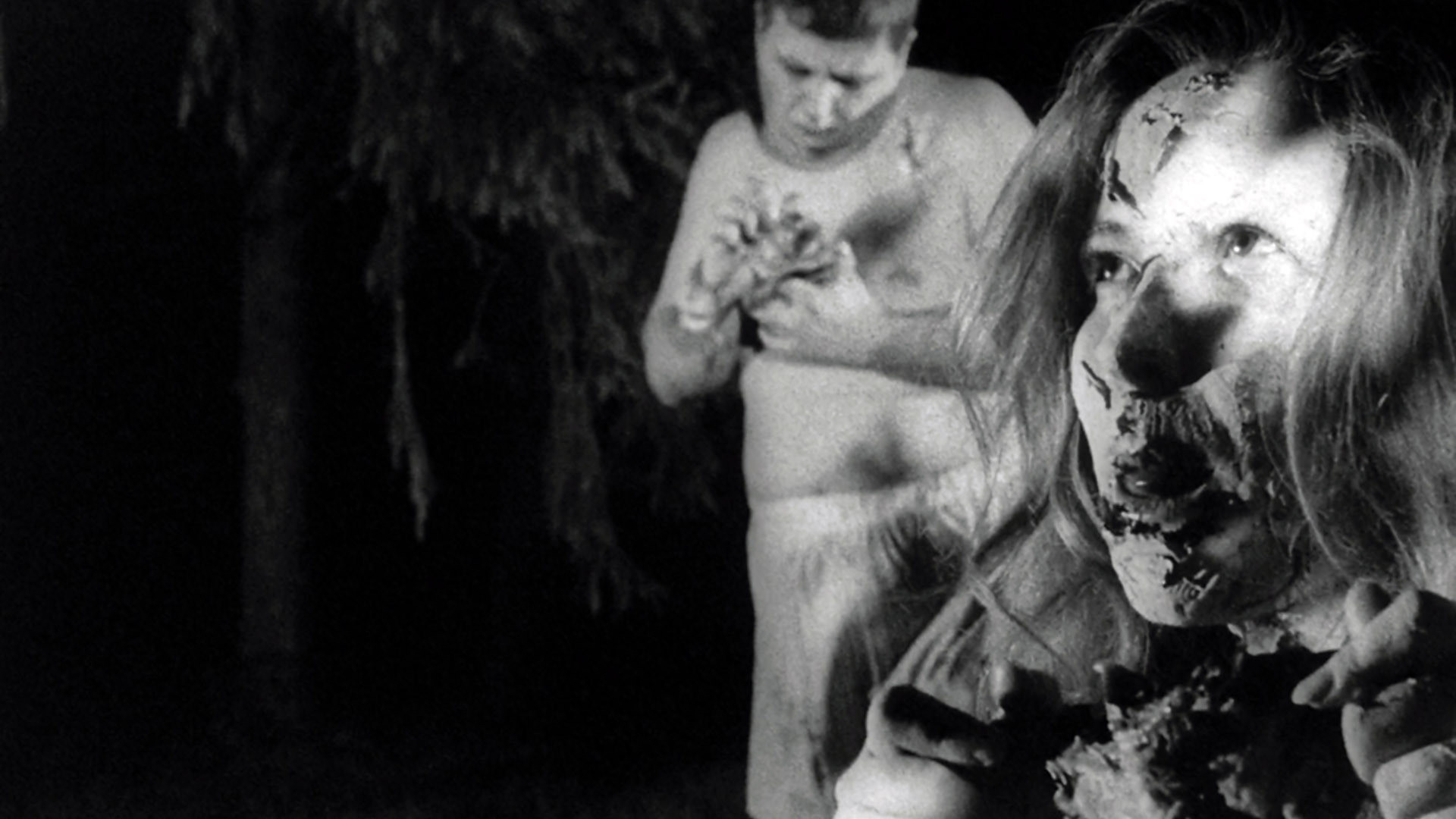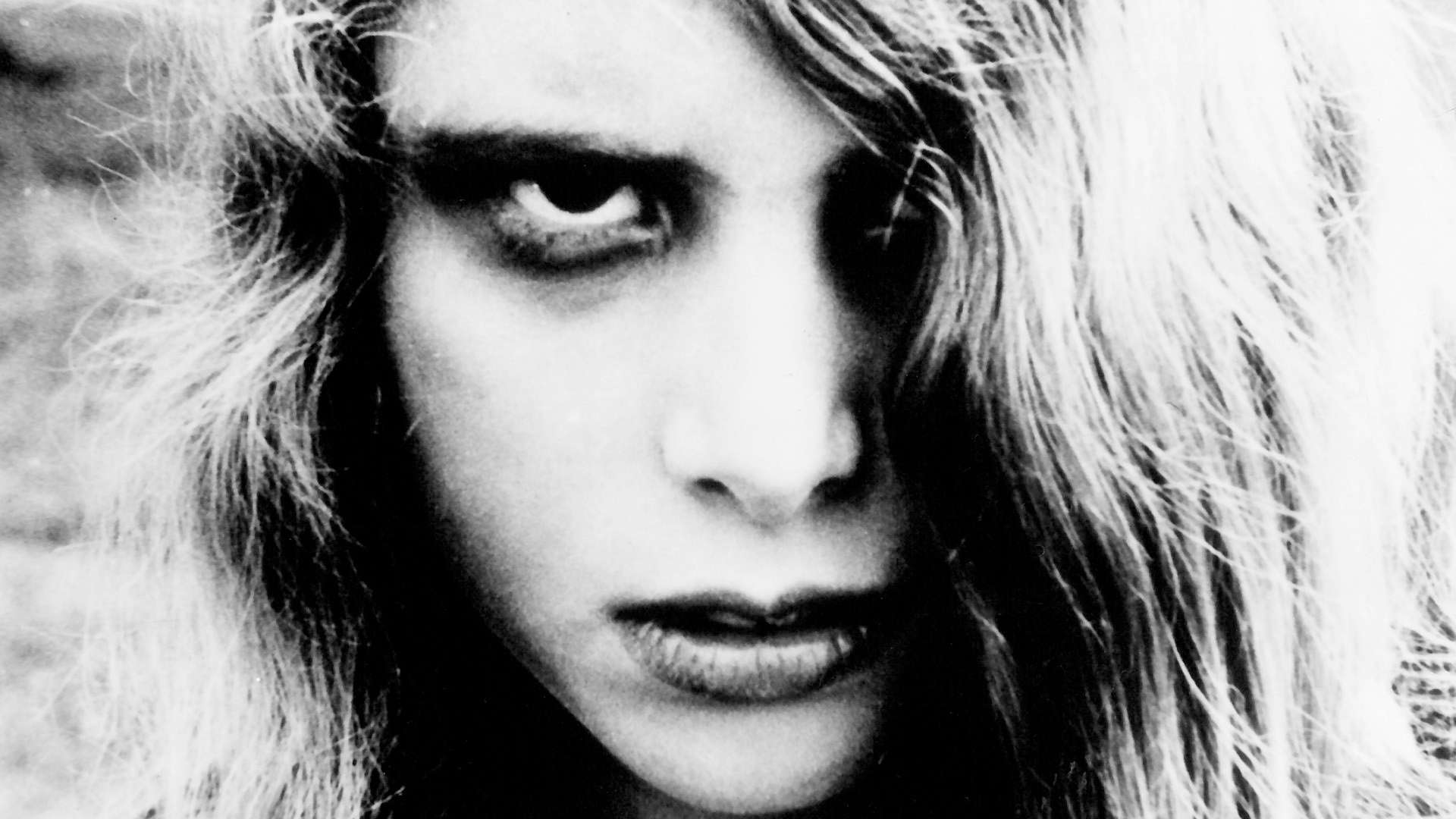The zombie occupies a unique position in the cultural imagination. Neither living nor dead, neither human nor animal, it is a boundary-blurring figure.
It can be, and usually is, frightening in its monstrosity and lack of category cohesion, but it can be tragic, too: most zombie stories involve the shock and sadness of seeing loved ones become … not quite themselves. And because the zombie generally lives to consume flesh (or brains), it becomes not just a stand-in for fears of cannabilism, a metaphor for out-of-control consumption, or an oblique approach to discontinuity, but another entry in the annals of vegan horror. Its guts, as it were.
Zombies have a long and storied tradition in literature and film. The concept of the living undead, of course, has deep roots in Vodou culture, while the word itself was first recorded in English in 1819 (in a history of Brazil). The OED traces it to West Africa, according to Wiki, “and compares it to the Kongo words nzambi (god) and zumbi (fetish).” Along with the werewolf and the vampire, it’s pretty safe to say that the zombie rounds out the triumvirate of monstrous horror icons.

The examples are too many to list (and bleed into sci-fi of course), but, for our purposes here, George Romero’s The Night of the Living Dead will suffice. It’s an iconic version, a horror game-changer in many ways. To bring it closer to home, Romero’s low-budget masterpiece was also the first movie to truly scare me. (Why network TV aired it at all, and why I was allowed to watch it at age 7, both remain mysterious. But it made an impact.)
This was surely attributable, in part, to all the viscera, the weird spectacle of seeing a young girl with a blood-smeared face feasting on a kill, and the claustrophobia of the interior shots. There was a sense that normal people could become monsters that got under this young film viewer’s skin, so to speak.
But there was also something else, something hard to pinpoint. A simultaneous revulsion and appeal that lies at the root of horror’s lure. In the opening paragraph to her influential treatise “Powers of Horror: An Essay on Abjection”, Julia Kristeva attempted to locate it:
There looms, within abjection, one of those violent, dark revolts of being, directed against a threat that seems to emanate from an exorbitant outside or inside, ejected beyond the scope of the possible, the tolerable, the thinkable. It lies there, quite close, but it cannot be assimilated. It beseeches, worries, and fascinates desire, which, nevertheless, does not let itself be seduced. Apprehensive, desire turns aside; sickened, it rejects. A certainty protects it from the shameful—a certainty of which it is proud holds on to it. But simultaneously, just the same, that impetus, that spasm, that leap is drawn toward an elsewhere as tempting as it is condemned. Unflaggingly, like an inescapable boomerang, a vortex of summons and repulsion places the one haunted by it literally beside himself.
No, at seven years old, I was not considering post-Lacanian analysis, but the notion of abjection was latent in the figure of the zombie.
From the standpoint of this series, Kristeva’s framework makes a lot of sense. The zombie is neither human nor animal, but it induces a particular kind of terror, born of “the human reaction … to a threatened breakdown in meaning caused by the loss of the distinction between subject and object or between self and other.”
The unending desire to feed is, if not representative of animality, certainly related to our constructions of it. We often demarcate the human specifically in opposition to such “base” tendencies, always terrified of the beast within. Kristeva writes “The abject confronts us, on the one hand, with those fragile states where man strays on the territories of animal.”
Eating, feeding, consumption. These are the very things that sacred texts spend an awful light of time delimiting, via dietary restrictions and stories. In The Night of the Living Dead, our protagonist Ben shouts: “Don’t you know what’s going on out there? This ain’t no Sunday School picnic!” Indeed it is not.
It’s an ironic line that gains resonance with this passage from Kristeva:
From its very beginning, the biblical text insists on maintaining the distance between man and God by means of a dietary differentiation. Thus the Lord (Genesis 3:22), after noting that “man is become as one of us, to know good and evil,” decides to prevent this pretentious “scholar” from also becoming immortal. He thus prohibits certain foods by banishing him from the garden of Eden, “lest he put forth his hand, and take also from the tree of life, and eat, and live for ever.” If a certain kind of eating, that of the apple of knowledge,’could not have been held back from Adam, who was tempted by Eve, herself tempted by the Serpent, another food will be absolutely banned, in order to forestall the chaos that would result from the identification of man with the immortality of God. One should note that it is a feminine and animal temptation that is concealed under the first dietary trespass; for we shall encounter the reference to woman only fortuitously in the later abominations of the Levites.
This is precisely why, contra Eggertsson, I opt to include the zombie — and the werewolf, and the vampire — in the vegan horror discussion. What Kristeva calls “the semiotics of Biblical abomination” often hits right to the heart of horror precepts, and marks the moment of their boundary-complicating ideas. We are not simply afraid of monsters; we are afraid monstrosity might implicate us, that our identities are not so stable, that our free will is not so free.
In the years since The Night of the Living Dead, Romero and many others have refined, subverted, and rerouted the zombie trope. At this point, it could mean almost anything — in daily life, we refer to our fellow worker cogs on the subway as zombie-like. David Cronenberg — a post-Lacanian’s wet dream — has his late-capitalist sex zombies in their pre-fab high-rises. Shaun of the Dead had a good time wondering if we’d ever even notice the undead apocalypse.
But, underlying all of this, there is an intractable worry about categories and identities, about the human, the non-human, and the anti-human. The zombie is an instructive entry point to horror cinema for exactly this reason, occupying no specific space but organized around its feeding in ways that lend themselves to analysis.
When Johnny jokingly remarks, “They’re coming to get you, Barbara!”, the irony is he’s absolutely right. They really are.
But the deeper concern is that maybe there’s no “they” to speak of at all. Kristeva, one last time:
I experience abjection only if an Other has settled in place and stead of what will be “me.” Not at all an other with whom I identify and incorporate, but an Other who precedes and possesses me, and through such possession causes me to be.
To put it in more familiar terms for genre fans, perhaps the zombie call has been coming from inside the house. If identities are malleable and unstable, forged through confrontation with the monstrous others we create, this means “humanity” itself might be a useful fiction, at best.

Meanwhile, outside, a small girl is gleefully devouring entrails.

